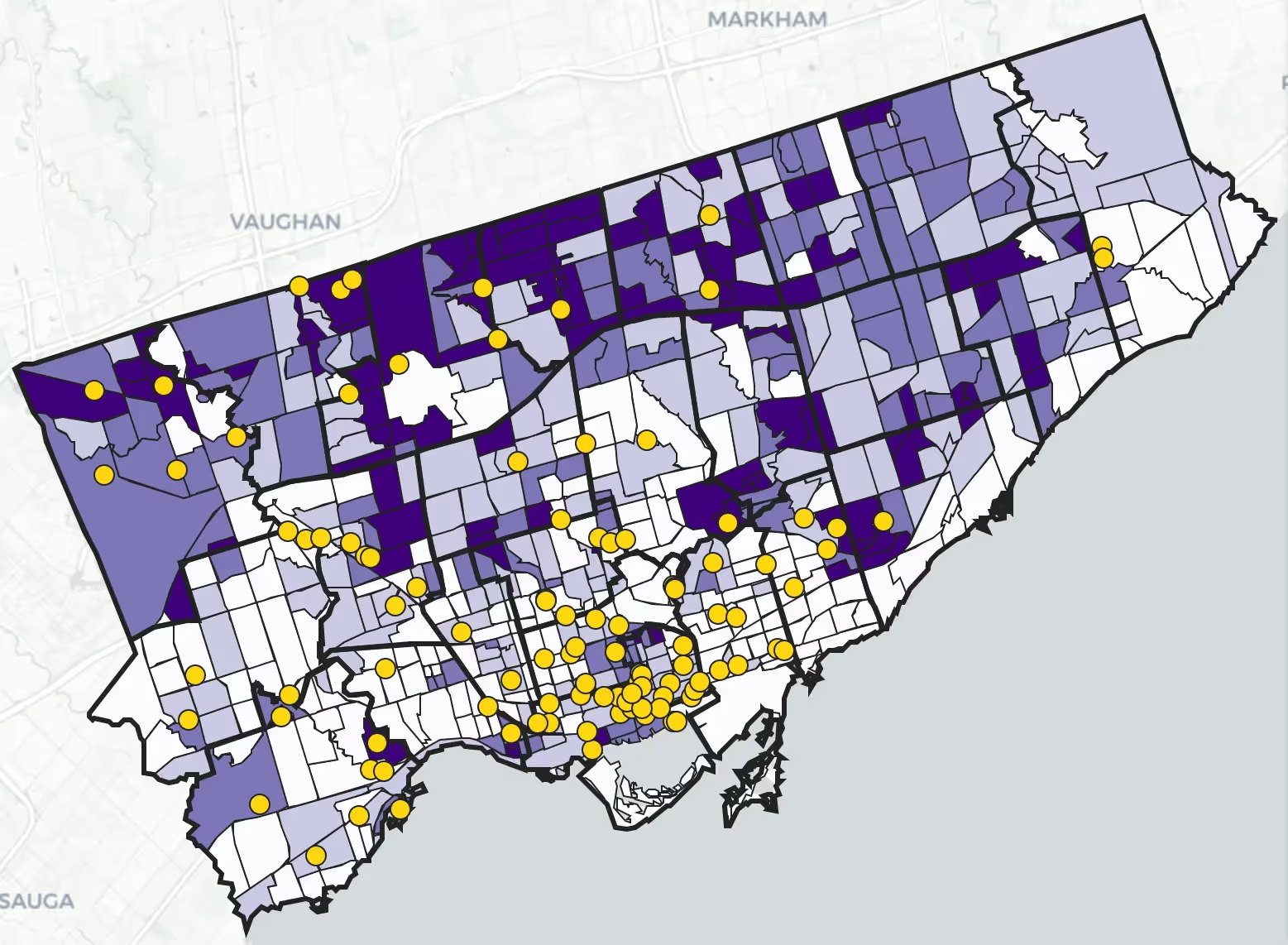A biweekly newsletter with public space news, resources, and opportunities.
A curated dispatch on all things public markets plus the latest announcements from the Market Cities Program.





Public markets offer many benefits to public health, social life, and local economies, yet markets today face many challenges that prevent them from reaching their full potential, such as a lack of government support and lack of investment. Especially in our current climate, the adaptability of public markets has proven uniquely well suited to providing an economic lifeline to small business owners and healthy food to residents during the coronavirus pandemic, but major gaps in public policy have also left them particularly vulnerable.
The Market Cities Initiative aims to address these challenges by establishing Market City strategies to create new infrastructure, policies, and investments in public market systems at the citywide, regional, or national levels. Through its collaborations with organizations like London, UK, and Barcelona, Spain, the Initiative has identified seven key indicators of healthy market systems. The first step to work towards achieving these indicators is to understand the existing market landscape of your town, city, or region.
In this webinar, we will walk you through our method and free tools available to survey and map an area’s public market system. Market leaders from Seattle, Washington, USA, and Kampala, Uganda, will discuss how the process of collecting and analyzing data on their market systems has helped them hone in on their local Market City strategies and advocacy efforts. Explore how this method can help you initiate a Market City process and take your market system to the next level.
Be sure to share your projects with us on social media with #MarketCities or email kwheeler@pps.org.
The Market Cities Initiative is an initiative of Project for Public Spaces in partnership with HealthBridge Foundation of Canada and Slow Food International.
Jennifer Antos, Seattle Neighborhood Farmers Markets, USA
Kristie Daniel, HealthBridge Foundation, Canada
Richard McCarthy, Slow Food International, USA
Kelly Verel, Project for Public Spaces, USA
Kurt Wheeler, Project for Public Spaces, USA
Boney Sensasi, Advocates for Public Spaces, Kampala, Uganda
Getting Started with KoBoToolbox (Surveying)
Getting Started with QGIS (Mapping)
The rich text element allows you to create and format headings, paragraphs, blockquotes, images, and video all in one place instead of having to add and format them individually. Just double-click and easily create content.
The rich text element allows you to create and format headings, paragraphs, blockquotes, images, and video all in one place instead of having to add and format them individually. Just double-click and easily create content.
Body Text Body Link
The rich text element allows you to create and format headings, paragraphs, blockquotes, images, and video all in one place instead of having to add and format them individually. Just double-click and easily create content.
Here is some highlighted text from the article.




Headings, paragraphs, blockquotes, figures, images, and figure captions can all be styled after a class is added to the rich text element using the "When inside of" nested selector system.